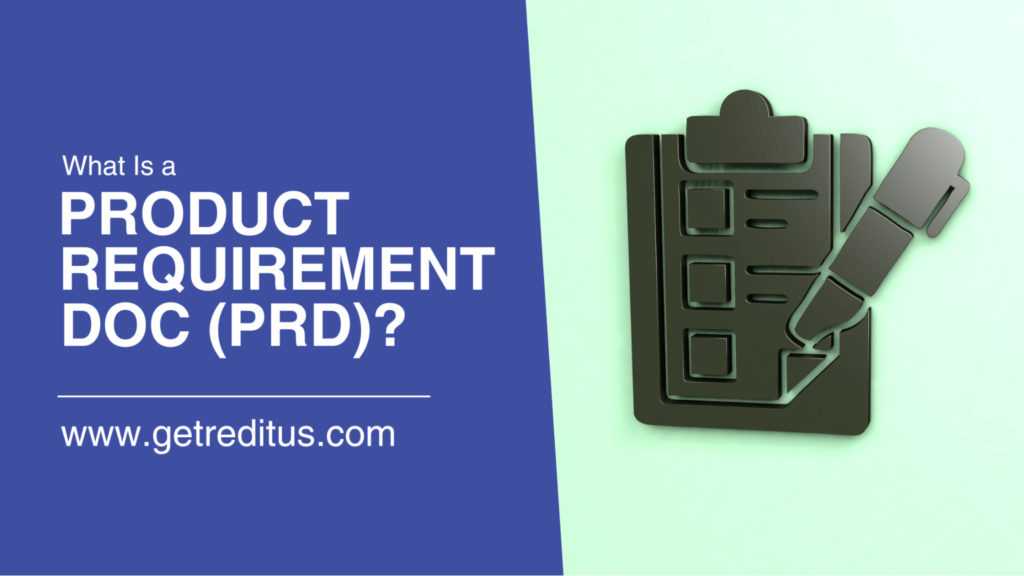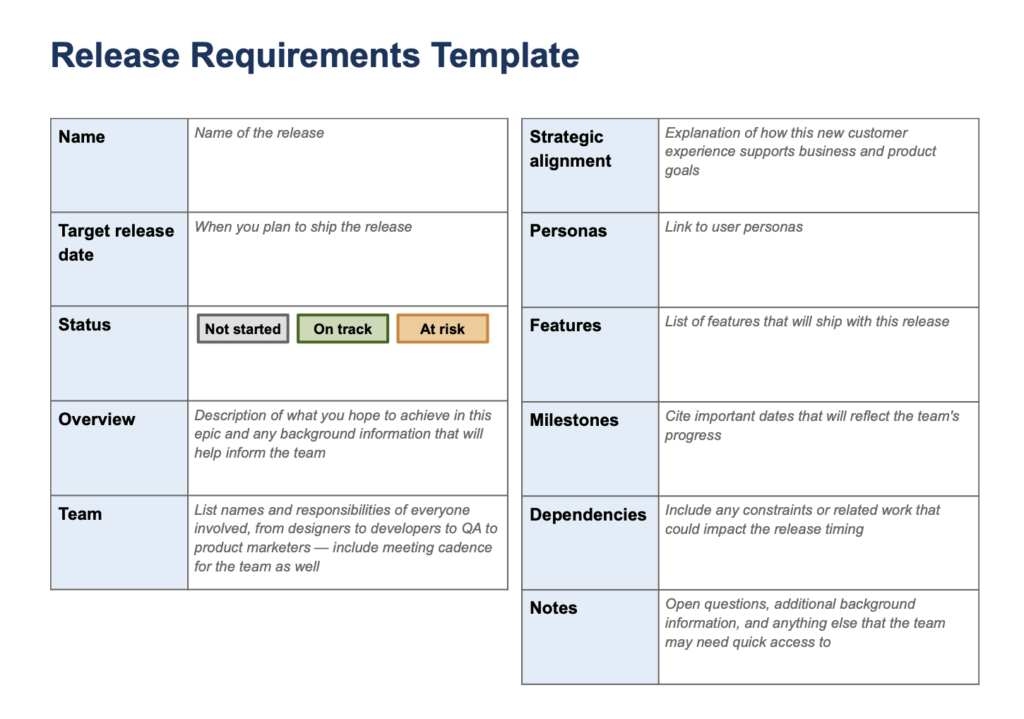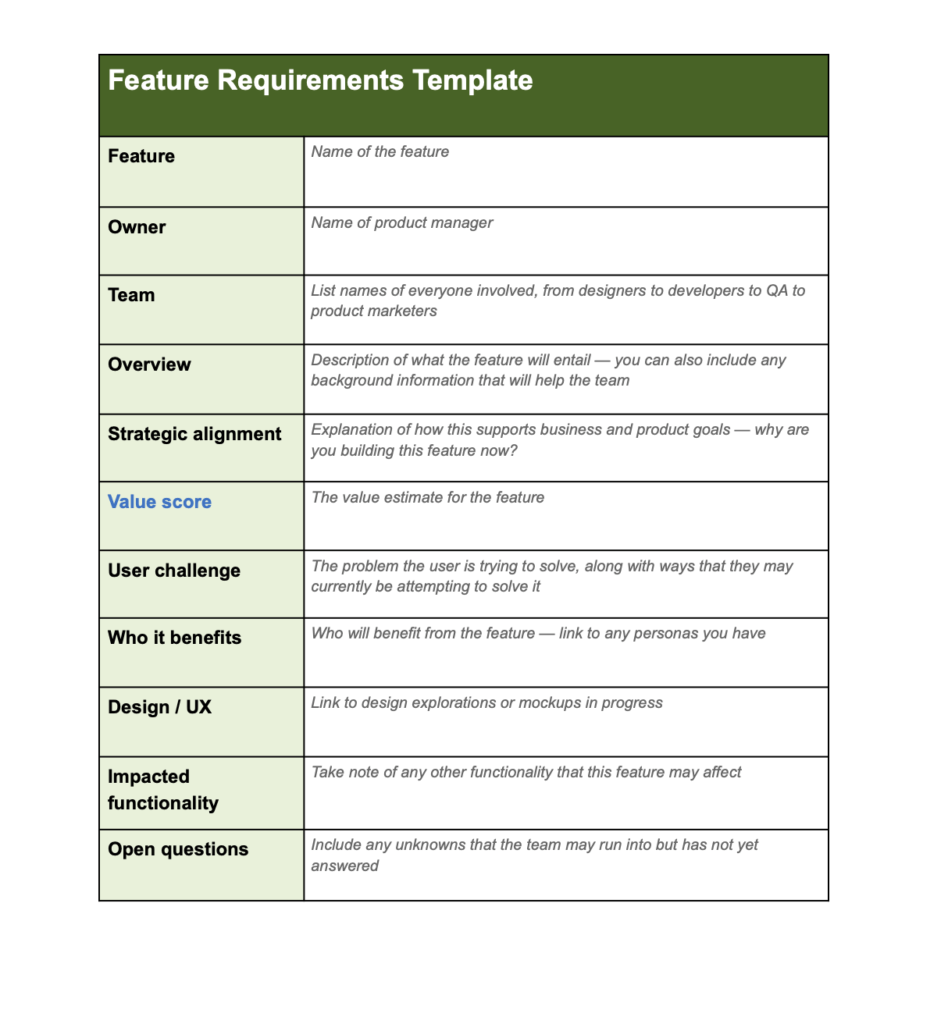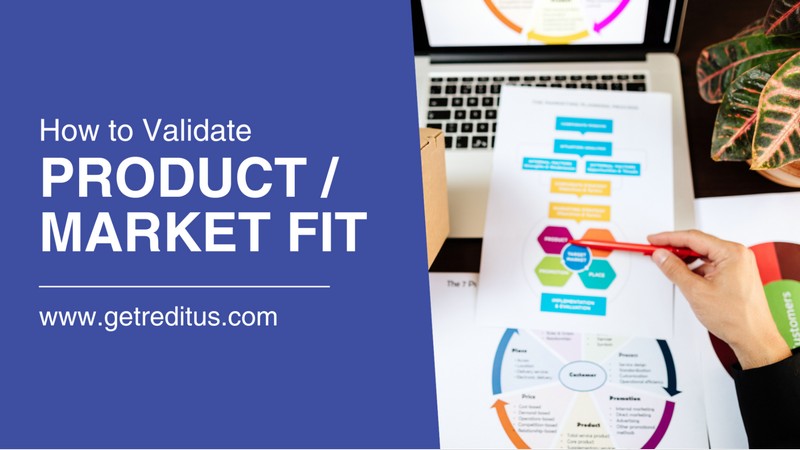What Is a Product Requirement Doc (PDR)? Guide for SaaS.

Are you a SaaS brand wondering what a Product Requirement Document (PDR) is? If so, you've come to the right place. This quick guide will explain exactly what it is, why it's essential, and how to create one.
A PDR can help your organization develop new products more efficiently and effectively by outlining specific requirements for development teams.
It also serves as an agreement between stakeholders that outlines the expectations and goals of each party involved in the product development process.
So let's get started!
Table of contents
What Is Product Requirement Doc?
A Product Requirement Document (PDR) is a document that outlines the features, functionalities, user experience, and other requirements for a product. It is the blueprint that product managers, designers, and developers use to create a successful product.

The document should include all the information needed for development.
Also, the PDR should provide an overview of the product's architecture, user interface design, and quality assurance plan.
Ultimately, a PDR aims to provide everyone involved in the product development process with clear, concise information that can be used as a guide for creating a successful product.
Why Do You need a PDR?
A product requirements document (PDR) is essential for product development. It ensures that everyone involved in the project understands the product's requirements, resulting in a successful launch.
A PDR can also help with:
- Planning and budgeting for the product
- Identifying risks and how to prevent them
- Setting expectations for stakeholders, developers, and customers
- Ensuring that all legal and compliance requirements are met
- Determining when the product will be ready for launch
Besides, a PDR helps to ensure the product meets customer needs and expectations.
By creating a comprehensive document that outlines all of the requirements for development, everyone involved in the project can work together toward a successful launch.
What Are the Essential Elements of a Product Development Doc?
When creating a Product Requirements Document (PDR), several essential elements must be included. These elements should provide stakeholders, developers, and customers with the information needed to create a successful product.
Here are some of the essential ingredients:
- Product goals and objectives: what should the product aim to achieve
- Market analysis: How does the product serve its target customers
- Regulatory requirements and compliance information
- Functional specifications: What features, capabilities, and user experience should the product have
- Technical requirements: Hardware and software compatibility, development frameworks, etc.
- Resource allocation: How much time and money is needed to develop the product
- Timelines: When should each feature be developed and launched
You might also include visuals like wireframes or mockups to illustrate the desired user experience.
Depending on the product, some elements might be more important than others.
For example, an app in the healthcare industry will have different requirements than an app for online gaming.
In any case, ensure you include all the elements necessary for a successful product launch.
How Can You Develop an Effective Product Development Doc?
Creating an effective Product Requirements Document (PDR) requires careful planning and attention to detail. Here are some tips for developing an effective PDR:
1. Start with a product overview
Before you dive into the details, providing an overview of the product is essential. This should include a brief description of what the product does, its purpose, and the target customers.
Also, provide an overview of the product's architecture, user interface design, and quality assurance plan.
2. Set clear goals and objectives.
It's essential to set clear goals and objectives for the product. This will help everyone involved in the project stay focused on what needs to be done.
For example, if you're developing a mobile app, the goal might be to create an intuitive user experience that increases engagement and loyalty.
Or, if you're creating a website, the goal might be to drive more traffic and conversions.
Some examples of objectives include:
- Launching the product on time and within budget
- Meeting compliance requirements
- Ensuring a seamless user experience
3. Break down the product into individual components
Breaking down the product into individual components makes managing and tracking progress easier.
For example, if you're creating a new feature, the components might include user interface design, database development, and API integration.

This will help you track which tasks have been completed and which still need to be done.
4. Include all stakeholders in the process.
Including all stakeholders in the process is essential for success.
From the start, all stakeholders should be included, so everyone clearly understands the product requirements and timelines.
For example, developers must be familiar with the technical requirements early on. In contrast, marketers need to understand the product's purpose and target customers.
5. Create a timeline for the project.
Creating a timeline for the project is essential for staying on track. This should include specific deadlines for each component and a timeline for launching the product.
Your timeline should also include:
- Milestones to celebrate when a particular part of the project is completed.
- Contingencies for delays or other unexpected issues.
- Regular meetings for stakeholders to check in and discuss progress.
6. Review, test, and update
Once the product is complete, reviewing it and conducting testing is essential to ensure all requirements are met,
You should also regularly update the PDR to ensure it reflects the most up-to-date information about the product. This will help everyone involved in the project stay on the same page and ensure the product meets its goals and objectives.
Conclusion
Creating an effective Product Requirements Document (PDR) is essential for any SaaS brand.
With the right PDR, you can ensure your product is launched on time and within budget, meets all compliance requirements, and drives the desired results.
Ultimately, an effective PDR will help you deliver a successful product launch. So follow the steps outlined above and get started on your PDR.

